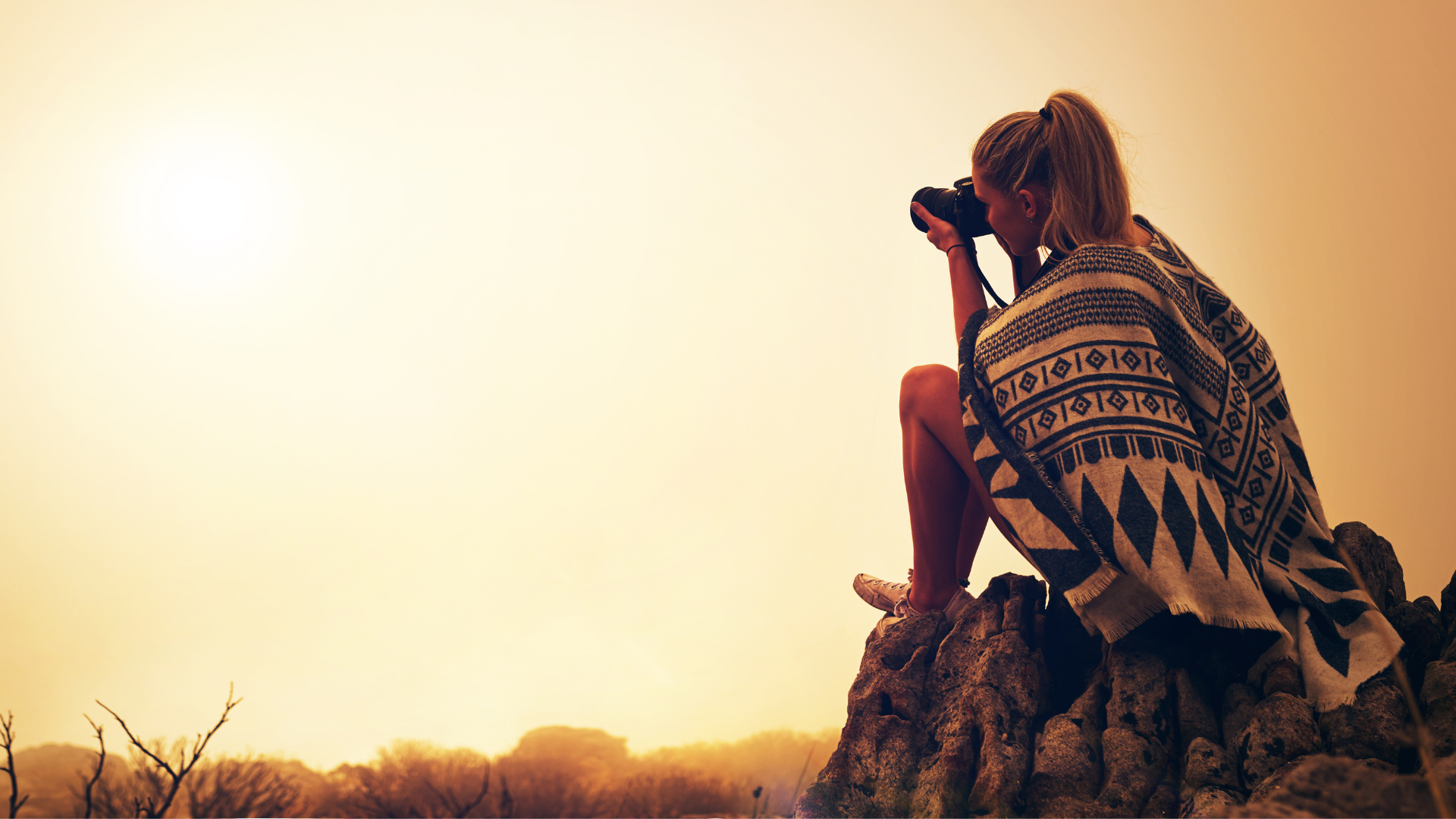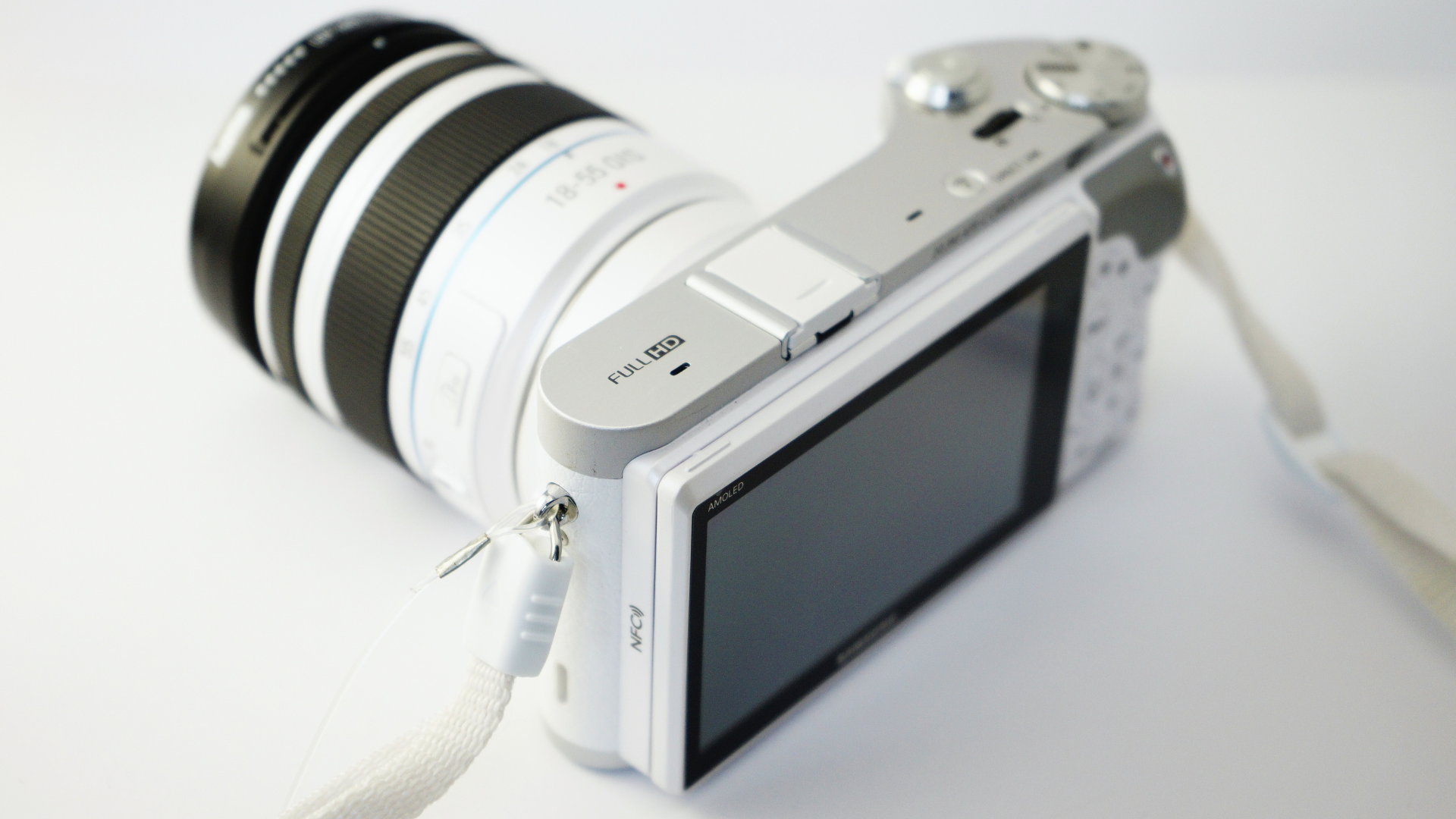Photography can be planned or spontaneous. The portability of a camera and its equipment can mean that you have everything you need ready when it comes to capturing something of beauty or interest. We shall consider some strategies to make sure that we are ready for that all-important picture.
Remember to Take Your Stand-Alone Camera
Although mobile phones are great for taking photographs quickly, because the chance is that you always have it in your hand, after all, it is practically an extension of most people’s arms these days, you cannot beat a stand-alone camera when it comes to taking quality distant photographs. So, it is worth making space inside your bag for one. The resolution of the photographs taken on DSLRs and mirrorless cameras is far superior to that taken on smartphone cameras because of their larger sensors. Also, a DSLR will give you more control when it comes to creativity and exposure. The extra weight that you are carrying around with you will be worth the sacrifice when you see the final results of your efforts. Although you can have a pretty good idea with digital cameras of what you have ended up with before downloading to a computer and printing.
Have a Filter With You
When it is possible to attach accessories to your camera, always have a polarizing filter attached to your lens. A polarizer will help to reduce reflections on water, glass, or metal. Also, it will improve the colour of the sky and any foliage. It will be what makes your photograph look great. Another benefit is that it will protect your lens. So, there is no reason not to carry one. A polarizing filter is the most useful and universal lens filter that you can carry, and it is something that can enhance rather than spoil any photograph. In addition to this, using a filter specially designed for protection from extreme or adventurous conditions can be beneficial. For example, options like the best UV filter for outdoor shooting with Insta360 X5, can provide protection against physical damage and use advanced coatings to reduce dust accumulation, guaranteeing clarity and sharpness even in challenging environments.
Use a Camera Strap
Another strategy for not missing the moment is to invest in a good camera strap. A strap that is comfortable to allow your camera to sit around your neck for a length of time. Then, you will be ready to capture that aircraft that suddenly passes overhead, or a bird, if you are a wildlife photographer making your way to your usual location. A strap is a safe way to carry your camera, anyway. You can compromise a neck strap for a hand strap if you are not holding your camera for too long. Straps that fit around the neck, however, are good for distributing the weight of heavy or high-end cameras over your shoulder, back, and chest. They eliminate neck and hand pain and allow a photographer to work longer hours.
Have Fitted an External Flash
The flashes fitted to DSLR cameras as standard can be weak. So, if you are likely to be shooting a picture indoors in low light, say of family members and their children, then you are going to want to make sure that you have your external flash already mounted to the top of your DSLR camera. Unlike that comedian who takes forever to tell the joke, you do not want to miss that funny visual moment that can happen at any time.
External flash units are portable, and many of them will support both hot-shoe and wireless operations. Hot-shoe being on the top of the camera and wireless when using the flash away from the camera. Other features with them include having variation with TTL flash control and the ability to be able to swivel the head a full 180 degrees. Colour gelatin filters can also be added to many flash heads, and zoom flash heads exist.
In conclusion, when it comes to photography, we need to be ready at all times to take that special photo. We should have with us a quality camera capable of zoom photography, filters that cope with the likely conditions, a camera strap to make our camera available to us, and a boost to our flash to cope with low light indoors. To be ready is to never miss that perfect picture. It is one thing to be there to capture the picture, but quite another to be able to capture it how we want to.



